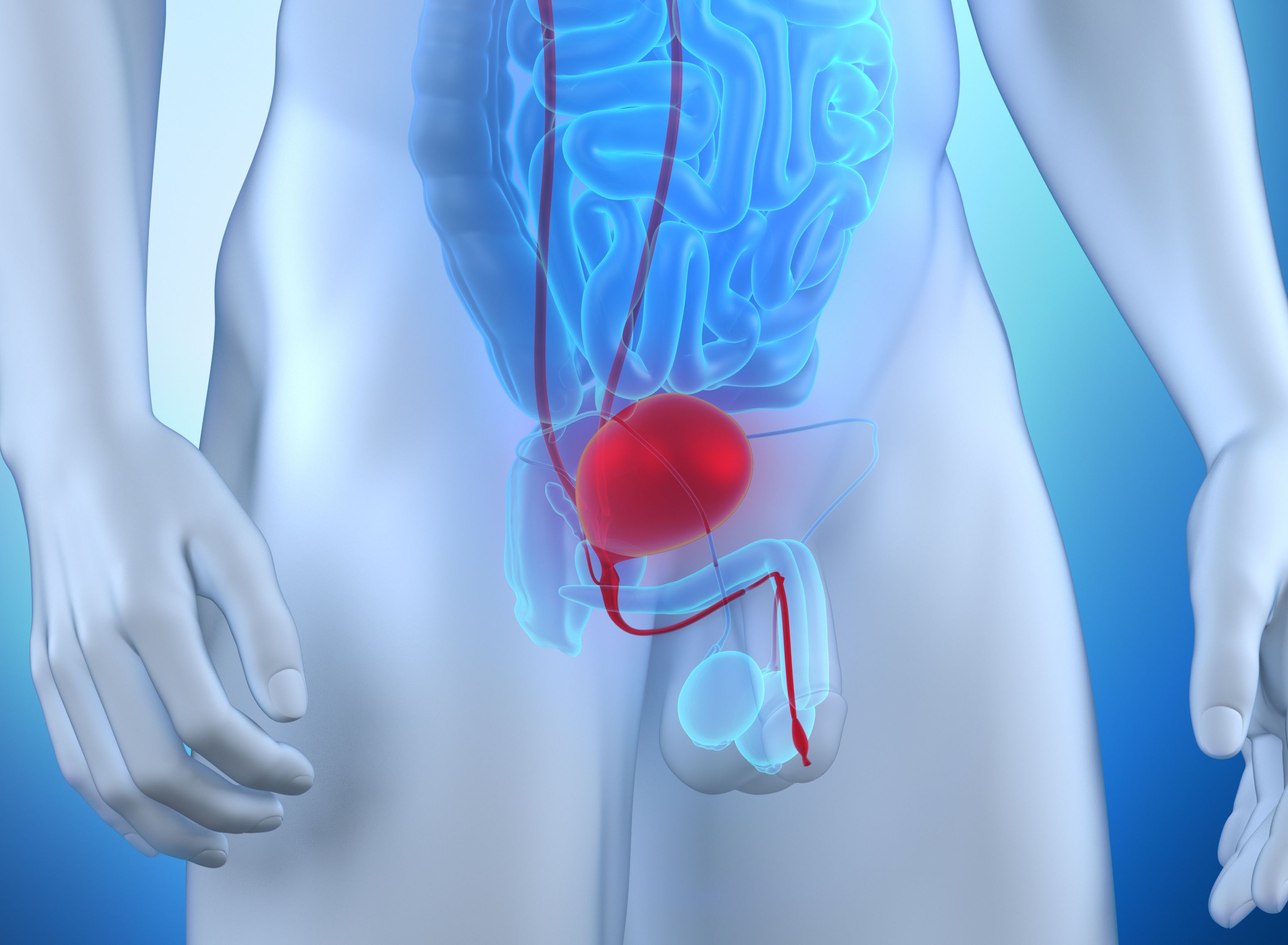Durvalumab Combo Prolongs DFS in High-Risk BCG-Naive NMIBC
Data from POTOMAC support durvalumab plus BCG and induction and maintenance therapy as a new treatment option in BCG-naive, high-risk NMIBC.
"In conclusion, POTOMAC supports 1 year of durvalumab with BCG and induction and maintenance therapy as a potential new treatment in BCG-naive, high-risk NMIBC," according to study investigator Maria De Santis, MD.

Patients with Bacillus Calmette-Guérin (BCG)–naive, high-risk non–muscle-invasive bladder cancer (NMIBC) experienced a statistically significant and clinically meaningful disease-free survival (DFS) improvement in the phase 3 POTOMAC (NCT03528694) trial following treatment with durvalumab (Imfinzi) plus BCG induction and maintenance therapy, according to data presented at the European Society for Medical Oncology (ESMO) Congress 2025.1-2
The findings were presented by Maria De Santis, MD, associate professor at the University of Warwick Medical School in Coventry, England, and simultaneously published in The Lancet.3The open-label, randomized study was made up of 1-018 patients who were randomized 1:1 in 3 cohorts: 339 received 1 year of durvalumab in combination with BCG induction and maintenance therapy, 339 received 1 year of durvalumab with BCG induction only, and 340 received only BCG and induction and maintenance therapy.2
The primary end point of DFS was achieved, with a 32% reduction in risk of a DFS event (HR 0.68; 95% CI, 0.50–0.93; P =.0154) with the addition of durvalumab to BCG induction and maintenance. Early and sustained DFS benefit with durvalumab was observed starting as early as 4 months (HR 0.68; 95% CI, 0.50-0.93; P =.0154). The median follow-up was 60.7 months.
However, the different in DFS for durvalumab plus BCG induction only vs BCG induction and maintenance was not statistically significant (HR, 1.14; 95% CI, 0.86–1.50; P =.3530).
While overall survival (OS) data were immature, there was no detriment to OS with the addition of durvalumab to BCG and induction and maintenance therapy (HR 0.80; 95% CI, 0.53–1.20).
The addition of durvalumab to BCG and induction and maintenance therapy had no major impact on patient-reported quality of life, one of the secondary end points of the trial.
Regarding safety, another key secondary end point, the results showed that the durvalumab/BCG regimen was tolerable and manageable with no unexpected toxicities, and there were no deaths possibly related to the study treatment reported. Grade 3 or 4 AEs possibly related to any treatment were reported in 21% of the durvalumab/BCG induction and maintenance arm, 15% of the durvalumab/BCG induction arm, and 4% of the BCG induction and maintenance arm.
The most frequently reported any-grade AEs in the durvalumab/BCG induction and maintenance and BCG-only arms included dysuria (37% vs 36%, respectively), hematuria (32% vs 30%), pollakiuria (26% vs 25%), urinary tract infection (21% vs 18%), cystitis (19% vs 19%), and pyrexia (16% vs 20%).
“Overall, these events were consistent with what we expected for durvalumab and BCG therapy with dysuria, hematuria, and pollakiuria being the 3 most commonly reported in both arms,” said De Santis during the presentation.2
Majority of the patients were male, and the median age was 68. Approximately 64% of patients had papillary disease only. Patients also had high-risk tumors, defined as being either T1, high grade, carcinoma in situ, or multiple and recurrent and large.2
Patients received a median of 6 BCG induction instillations and 14 BCG maintenance instillations, with a maximum of 15 in both arms. More than half of patients received BCG for 18 months.2
“In conclusion, POTOMAC supports 1 year of durvalumab with BCG and induction and maintenance therapy as a potential new treatment in BCG-naive, high-risk NMIBC,” De Santis said during the presentation.2
DISCLOSURES: De Santis declared a consulting or advisory role with AAA, Amgen, Astellas, AstraZeneca, Basilea, Bayer, Bioclin, Bristol Myers Squibb, Eisai, Ferring, Gilead Sciences, Immunomedics, Ipsen, Janssen, Merck Sharp & Dohme, Merck, Novartis, Pfizer, Roche, Sandoz, Sanofi, SeaGen, and Thermosome.
References
- Assessment of Efficacy and Safety of Durvalumab Plus BCG Compared to the Standard Therapy With BCG in Non-muscle Invasive Bladder Cancer (POTOMAC). ClinicalTrials.gov. Updated August 27, 2025. Accessed October 17, 2025. https://clinicaltrials.gov/study/NCT03528694
- De Santis M. Durvalumab (D) in Combination With Bacillus Calmette-Guerin (BCG) for BCG-Naive, High-Risk Non-Muscle-Invasive Bladder Cancer (NMIBC): Final Analysis of the Phase 3, Open-Label, Randomized POTOMAC Trial. Presented at: ESMO 2025 Congress; October 17-20, 2025; Berlin, Germany. Abstract LBA108.
- De Santis M, Redorta J, Nishiyama H, et al. Durvalumab in combination with BCG for BCG-naive, high-risk, non-muscle-invasive bladder cancer (POTOMAC): final analysis of a randomised, open-label, phase 3 trial. The Lancet. Published online ahead of print October 17, 2025. Doi: 10.1016/S0140-6736(25)01897-5